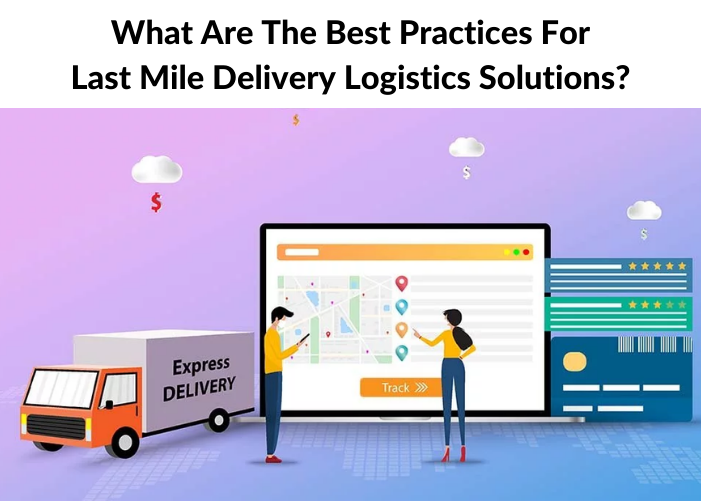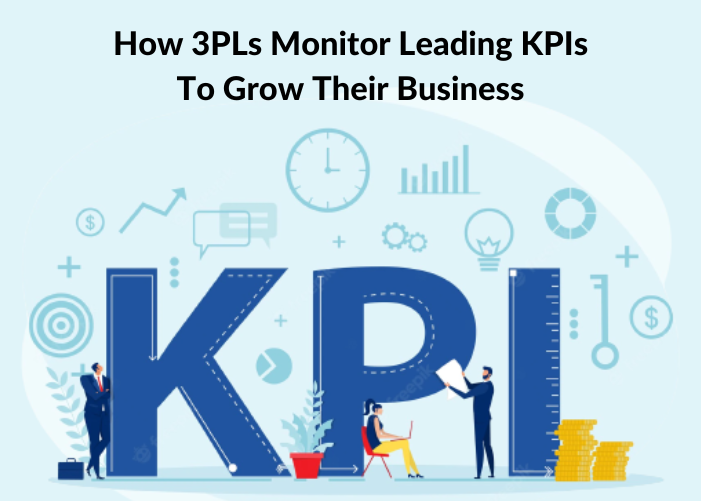Summary
We live in the age of “instant gratification”. Everything must be here, now and immediate!
Similarly, as consumers we want our products and services delivered immediately. Therefore, firms must constantly devise new and creative ways of meeting customer expectations.
Ecommerce behemoths like Amazon have endless resources, but the smaller firms need to compete with them if they are to survive. This exerts constant pressure on Logistics and Distribution firms that deliver the products. Within the larger supply-chain network, the last-mile delivery is under particular pressure, given that it has to deal with numerous complexities and barriers.
Therefore, establishing and maintaining best practices for managing such last-mile logistics is paramount for success.
Top 7 best practices for companies to improve their last-mile delivery logistics
1. Automated route-optimization: Perhaps, the single biggest improvement of modern last mile delivery logistics solutions is their fully automated feature for route-optimization. Of course, along with this broader automation comes the associated advantages of being able to automate all related tasks such as driver dispatch, live vehicle tracking, and real-time notifications for both, internal-external teams, and the customers.
After taking into account numerous variables that impact route planning—such as traffic, distance, weather, type of vehicle, driver strength, etc.—the software throws up the most optimized route(s). Remember, the most “optimized” route isn’t the fastest, cheapest, or shortest, but the one that identifies the route(s) after balancing out all the variables that affect it.
Thereafter, using signals from hardware units that are fixed onto the fleet vehicles, the route-planning software tracks fleet movement in real-time and monitors progress. Any deviations, emergencies, or last-minute changes that come up can be dealt with promptly and as best as possible.
2. All logistics data should be stored centrally: Modern supply-chain logistics processes are vast and complex. And, given that they are increasingly automated and “brought online”, they have the happy capability of capturing, recording, and storing vast amounts of data. This data, captured across the entire gamut of operations, can then be sliced and diced for insight.
Using a competent last-mile delivery software to manage all delivery operations and schedules is critical – the software stores all data on a centralized server that can be accessed globally. Different levels of access can be granted, thus safeguarding privacy and security.
Important tenets of last-mile data available via a holistic dashboard for Logistics Managers greatly improve last-mile logistics. Some important elements are:
- Inventory management details
- Logistics-network stakeholder details
- Percentage of on-time failed or delayed deliveries
- Fuel consumption, driver behavior, safety practices
- Weather and traffic patterns
All such buckets of data have a significant impact on customer experience and overall operational efficiency. Shortfalls and inefficiencies are detected easily when the data is stored centrally in standardized formats for easy access. That, in turn, provides insight for informed decision-making.
~ Convenient reverse logistics for order returns and exchanges is another surefire way of ensuring smoothness in last-mile delivery logistics ~
3. Real-time tracking: Using modern delivery-management software offers numerous benefits. One such significant feature is its ability to track fleet movement in real-time.
Logistics Managers can track the exact movement of their cargo, drivers, and vehicles in real-time and can maintain 100% visibility over the entire operations. This enables them to provide customers with real-time updates and keep them in the loop about their parcel’s progress. Today’s customers have evolved and demand they be kept informed at all times about the deliveries.
Through a tracking link sent to customers via SMS/notifications, customers can view the progress of their drivers in real-time. Fleet vehicles are equipped with hardware units as part of delivery management software that facilitates this seamlessly. This also reduces the burden on customer service teams.
4. Creativity, convenience, and choice: Well, innovation is the source of success! And, as the combination of evolving consumer habits, and the convenience created via modern technology keeps scaling new heights, the supply side (manufacturers, logistics companies, brands) are constantly thinking out of the box and testing out new models of customer convenience.
Facilities like delivery lockers (Amazon), fast delivery (Instacart), or retailers that fulfill their online orders via a local store by using them as a “warehouse” to serve, both, in-store and online customers, there are myriad creative ways that are constantly being tested.
~ An omnichannel order fulfillment strategy saves costs, shortens delivery times, and keeps customers happy.
5. Real-time changes to delivery windows: With the use of modern delivery and logistics software, customers’ changes to delivery windows are incorporated on the go. Also, automated changes to delivery status inform customers in real-time about changes that originate from the supply side. Keeping customers in the loop with such promptness helps in meeting their delivery expectations, achieving customer satisfaction, and building a loyal base.
6. Managing the drivers: Drivers are an invaluable asset of any logistics solutions company. They battle inclement weather, traffic congestions, irate customers, demanding employers, dangerous road conditions – well, the list is endless. Taking good care of them, maintaining transparency and fairness, and establishing strong communication lines with them are cornerstones of a well-oiled logistics firm.
They must be kept in the loop about schedule changes, delays, traffic congestion (etc.). Not doing so would result in delays, cause high driver attrition, and have a poor impact on customer experience.
7. Monitoring driver performance: By extension of the point above, monitoring driver performance also becomes an important element in ensuring driver performance.
Setting clear benchmarks and communicating those to your fleet drivers would help both sides. Drivers know exactly what is expected of them, and the standards to which they are being held. This helps in creating a transparent work atmosphere, which in turn, helps improve driver performance.
Metrics such as safe driving protocol, timeliness, behavior, and customer feedback about their performance (etc.) are some of the key metrics that help. Remember, unsafe drivers could become a hazard – and liability – to the company.
With the number of deliveries rising exponentially due to the burgeoning eCommerce trade—and the recent pandemic—firms are often forced to hire drivers that aren’t fully professional or suitably experienced. Also, due to severe time constraints at most times, drivers are under constant pressure. This could result in risky driving, stress-related bad behavior, poor health, and mental conditions (etc.). It could also result in excessive fuel consumption and poor customer experiences, which have long-term pitfalls.
Automated driver dispatch: human error could result in wrong information or poor scheduling. By using a modern fleet-management system, such problems—that could have far-reaching consequences—can be circumvented.
At the end of the day, drivers are invaluable pillars on which stand the logistics and distribution companies. They work god-awful hours, spend days and weeks away from their families, and are constantly exposed to the dangers of the road and weather. Setting up a fair and robust system to support them is a core responsibility of a logistics firm.
Conclusion: As is evident, following a robust best-practices program is critical to success. And, using modern, automated last mile delivery software is a crucial part of this program.


